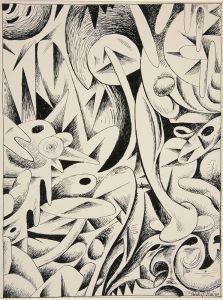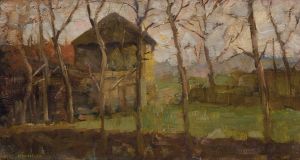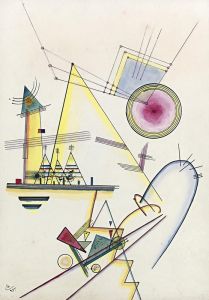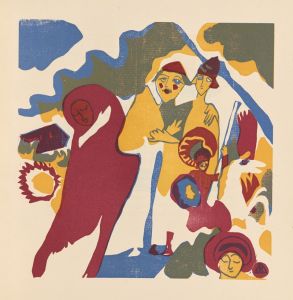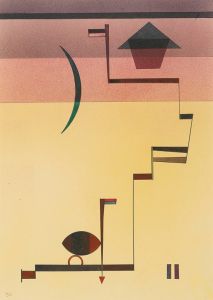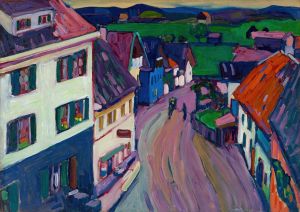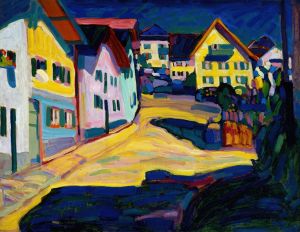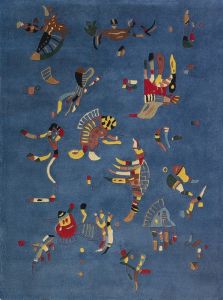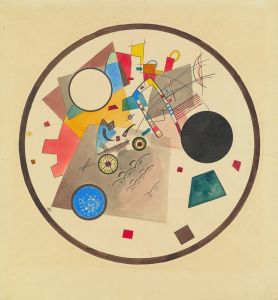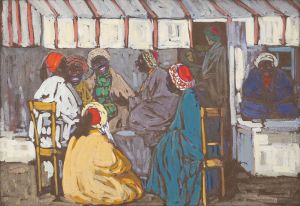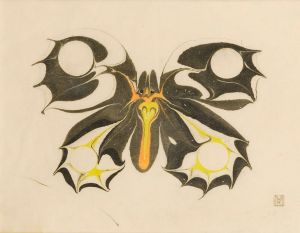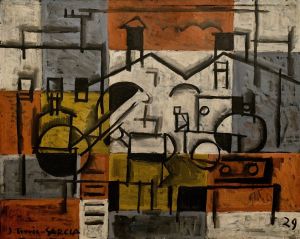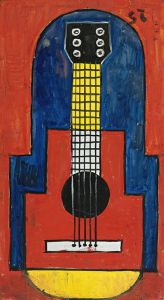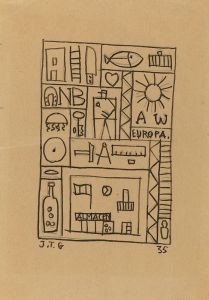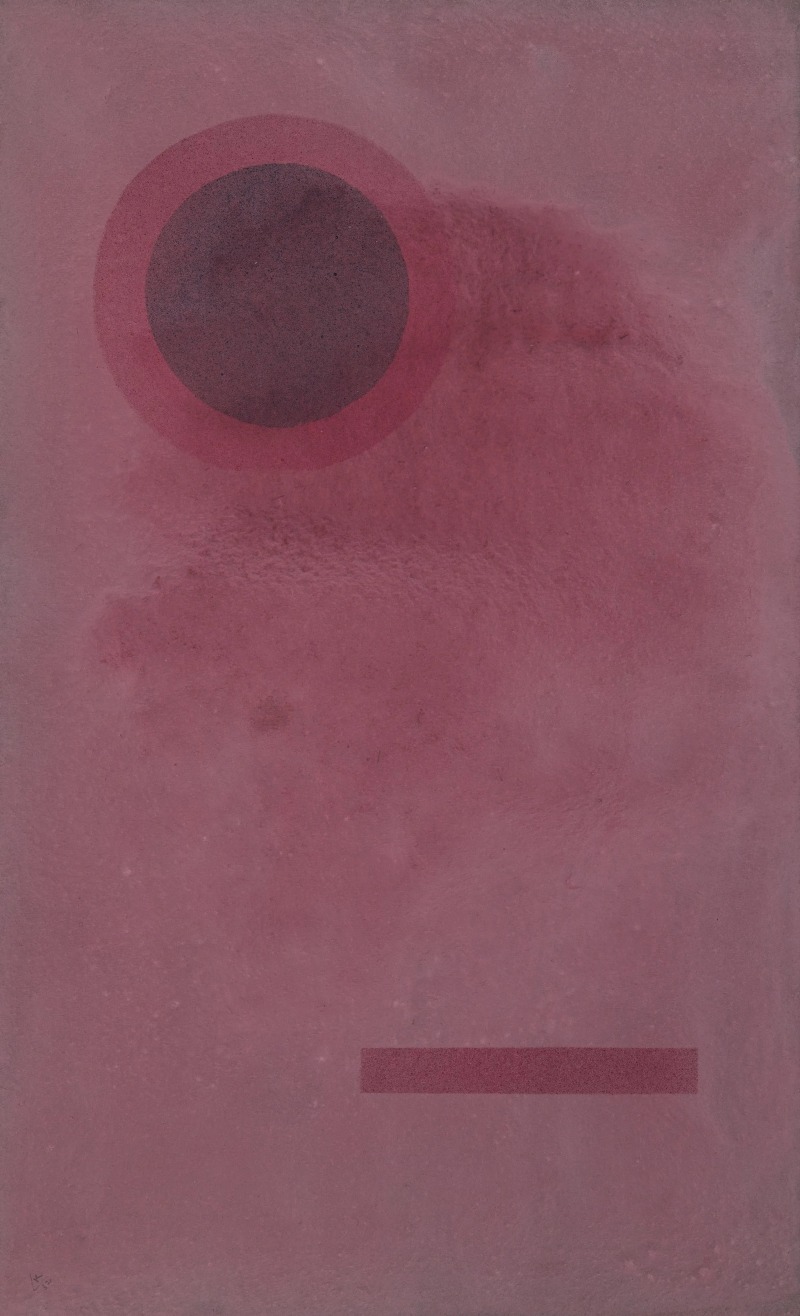
Kreis und Rechteck
A hand-painted replica of Wassily Kandinsky’s masterpiece Kreis und Rechteck, meticulously crafted by professional artists to capture the true essence of the original. Each piece is created with museum-quality canvas and rare mineral pigments, carefully painted by experienced artists with delicate brushstrokes and rich, layered colors to perfectly recreate the texture of the original artwork. Unlike machine-printed reproductions, this hand-painted version brings the painting to life, infused with the artist’s emotions and skill in every stroke. Whether for personal collection or home decoration, it instantly elevates the artistic atmosphere of any space.
Wassily Kandinsky, a pioneering figure in abstract art, created numerous works that have been celebrated for their innovative use of color and form. However, there is no widely recognized painting titled "Kreis und Rechteck" by Kandinsky. It is possible that the title may refer to a lesser-known work, a misattribution, or a misunderstanding of the title in translation. Kandinsky's oeuvre is extensive, and his contributions to abstract art are well-documented through his more prominent works and theoretical writings.
Kandinsky was born on December 16, 1866, in Moscow, Russia, and he initially pursued a career in law and economics. However, his passion for art led him to move to Munich in 1896, where he studied at the Academy of Fine Arts. His early works were influenced by Impressionism and Post-Impressionism, but he gradually moved towards abstraction, which became his hallmark.
Kandinsky's exploration of abstract art was deeply intertwined with his interest in music and spirituality. He believed that art could evoke emotions in a manner similar to music, an idea he elaborated in his seminal book "Concerning the Spiritual in Art," published in 1911. This work laid the foundation for his theoretical approach to art, emphasizing the importance of color and form in expressing the artist's inner experiences.
Throughout his career, Kandinsky was associated with several influential art movements. He was a founding member of the Munich-based group Der Blaue Reiter (The Blue Rider), which was active from 1911 to 1914. This group sought to transcend the representational limitations of traditional art and explore more abstract and symbolic forms. Kandinsky's works from this period, such as "Composition VII" (1913), are characterized by their vibrant colors and dynamic compositions.
In 1922, Kandinsky joined the Bauhaus, a progressive art and design school in Germany, where he taught until its closure in 1933. During his time at the Bauhaus, Kandinsky's work evolved towards geometric abstraction, as seen in pieces like "Composition VIII" (1923). His teaching and writings during this period further solidified his influence on modern art.
Kandinsky's legacy is marked by his relentless pursuit of abstraction and his belief in the transformative power of art. His works are housed in major museums worldwide, and his theories continue to inspire artists and art historians alike.
If "Kreis und Rechteck" is indeed a specific work by Kandinsky, it may not be widely documented or recognized in major art historical sources. For those interested in Kandinsky's art, it is recommended to explore his more established works and writings to gain a comprehensive understanding of his contributions to abstract art.





